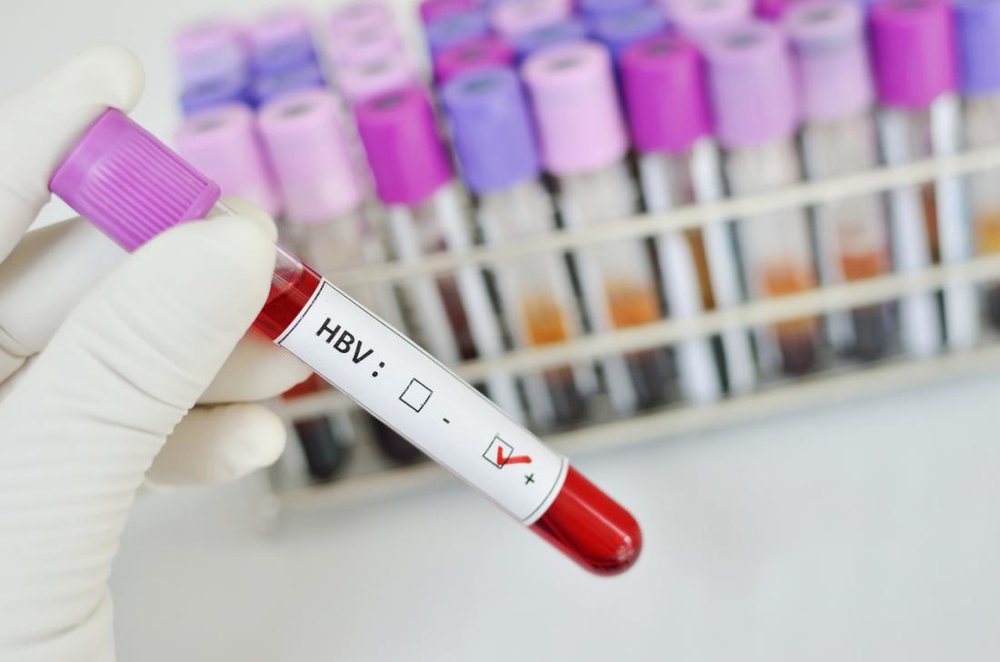‘Homegrown hepatitis B vaccine reduces prevalence to 1.5%’

TEHRAN — Domestic production of Hepatitis B vaccine in Iran has decreased the virus prevalence in the country to 1.5 percent, head of Pasteur Institute of Iran Alireza Beiglari has said.
Hepatitis B is a viral infection that attacks the liver and can cause both acute and chronic disease. According to the U.S. National Center for Biotechnology Information Hepatitis B prevalence is highest in the sub-Saharan African and western Pacific regions, considered high-intermediate to high endemicity countries (5% to 8% prevalence), and prevalence estimates exceed 15% in several countries.
Moreover low-intermediate regions (2%–4.99%) include the eastern Mediterranean and European regions. The Americas and Western Europe regions are considered low endemicity, with hepatitis B prevalence generally less than 2%. There has been an overall decrease in hepatitis B prevalence over time in most countries, but with notable increases in African and eastern European countries.
“With domestic production of hepatitis B vaccine over the past 15 years the virus prevalence decreased from 3.5 percent to 1.5 percent,” YJC quoted Beiglari as saying on Saturday.
This year, as per the Ministry of Health order, Pasteur Institute has produced 11 million dose of HBV vaccine, he said, highlighting that the institute is capable of producing 20 million dose of the vaccine annually.
Pasteur Institute of Iran (IPI) was founded in Tehran in the 1920s to pave the way for advanced research and to provide innovative programs in basic and applied medical sciences, and production of biopharmaceuticals and diagnostic kits with special emphasis on infectious diseases.
Hepatitis B prevalence
World Health Organization (WHO) explains that hepatitis B virus is transmitted through contact with the blood or other body fluids of an infected person.
Some 1.4 million are infected with hepatitis B in Iran, IRNA news agency qouted Head of Iran's Hepatitis Network Moayyed Alavian as saying on July 30.
An estimated 257 million people are living with hepatitis B virus infection (defined as hepatitis B surface antigen positive) worldwide.
In 2015, hepatitis B resulted in 887 000 deaths, mostly from complications (including cirrhosis and hepatocellular carcinoma).
Hepatitis B is a potentially life-threatening liver infection and is a major global health problem. It can cause chronic infection and puts people at high risk of death from cirrhosis and liver cancer.
Perinatal transmission, occurring at birth from infected mothers to their newborns, accounts for the majority of HBV transmission worldwide. Horizontal transmission can occur through open cuts and scratches; transfusion of blood products; breaks in good practices to prevent blood-borne infections in the health care setting; sexual transmission and risky behavior, including injecting-drug use or tattooing, body piercing, and scarification procedures without the use of sterilized equipment and needles.
A vaccine against hepatitis B has been available since 1982. The vaccine is 95% effective in preventing infection and the development of chronic disease and liver cancer due to hepatitis B.
However, there is no specific treatment for acute hepatitis B. Therefore, care is aimed at maintaining comfort and adequate nutritional balance, including replacement of fluids lost from vomiting and diarrhea.
Chronic hepatitis B infection can be treated with medicines, including oral antiviral agents. Treatment can slow the progression of cirrhosis, reduce incidence of liver cancer and improve long term survival.
MQ/MG
Leave a Comment